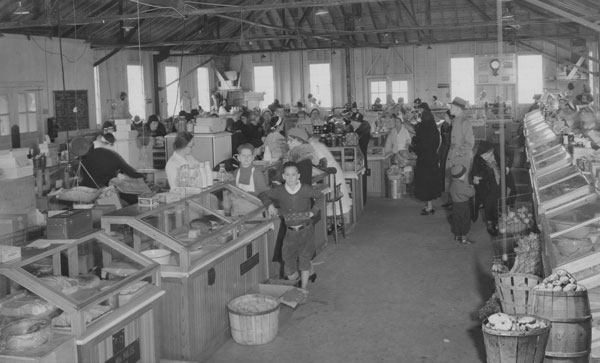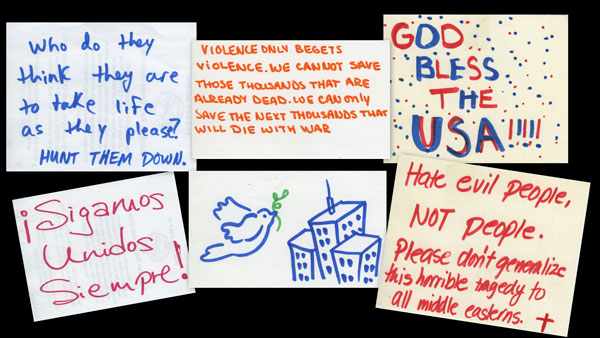In 1936, as part of the College of Agriculture Extension Service, Ruth C. Freeman from the Home Economics Department prepared the presentation Why Home Accounts Count for McLean County, in cooperation with the McLean County Home Adviser Clara Brian and account-keeping families in McLean County.[1] Continue reading “Why Home Accounts Count, 1936”
Blog
Glee and Mandolin Clubs, 1889-1921
This post is based on the “University of Illinois Glee and Mandolin Clubs, 1889-1921” exhibit currently installed at the Urbana Free Library for the 5th annual C-U Folk & Roots Festival, November 1-2, 2013.

Mandolin, banjo, and guitar clubs were wildly popular beginning in the late 1880s. They sprang up across the country and quickly became trendy with college students. The Mandolin and Guitar Club at the University of Illinois–alternately known as the Mandolin and Banjo Club, and the Mandolin Club over the years–organized in 1889 and was one of the oldest university musical organizations, outranked only by the Band and Glee Clubs. From its inception, the Mandolin and Guitar Club united with the Glee Club in one management association for concerts. These clubs constituted a central part of student life and served as the musical representatives of the University of Illinois. The whole group frequently spent university vacations on the road performing, meeting alumni, and raising funds. Continue reading “Glee and Mandolin Clubs, 1889-1921”
The Birth of the Computer Age at Illinois

Few innovations have captured the imagination as much as the computer, and even fewer academic archives have had the opportunity to preserve its history. The University Archives houses records that chronicle not only the history of computing at the University of Illinois, but also the “campus’ past, present, and future romance with it.”[1] Indeed, the University Archives contains records documenting Cyberfest ’97, a series of events held March 10-14, 1997, which celebrated the birth of HAL 9000 – the deceptive, clever, and sinister computer in Arthur C. Clarke’s and Stanley Kubrick’s 2001: A Space Odyssey, who “became operational at the HAL Plant in Urbana, Illinois” – as well as the plethora of technologies wrought by the computer.[2]
Continue reading “The Birth of the Computer Age at Illinois”
Personal Reflections on September 11, 2001
On Tuesday, September 11, 2001, nineteen hijackers took control of four passenger airliners in a coordinated suicide attack against the United States. In total, almost 3,000 people died, including 227 civilians and 19 hijackers aboard the four planes. Across the nation, immediate responses included mixtures of horror, fear, anger, and sorrow.
Shortly after September 11, the Illini Union provided a space for the University community to express their thoughts about the event. They hoped to promote dialogue in a civil and supportive atmosphere for the entire campus. Less than a month later, this collection made its way to the University Archives.
This compilation of papers gives insight into the thoughts and emotions of the campus community during a historic national tragedy. Below are six of hundreds of slips of paper now housed at the Archives Research Center.[1]
Note: the views expressed do not necessarily reflect the opinions of the author or the University Archives.
[1] Reflections on September 11, 2001 Disasters, Record Series 37/7/4, University of Illinois Archives.
Ellnora Guitar Festival
The annual Ellnora Guitar Festival begins today at Krannert Center for the Performing Arts.
In 1964, Illinois engineering alumnus Herman Krannert and his wife Ellnora announced plans for the University of Illinois’ Krannert Center for the Performing Arts. Herman, a successful entrepreneur in the corrugated fiber products industry, made generous contributions to education and the arts in the Midwest in part because of Ellnora’s appreciation for the arts. After five years of planning and labor, Krannert Center for the Performing Arts became a reality.

